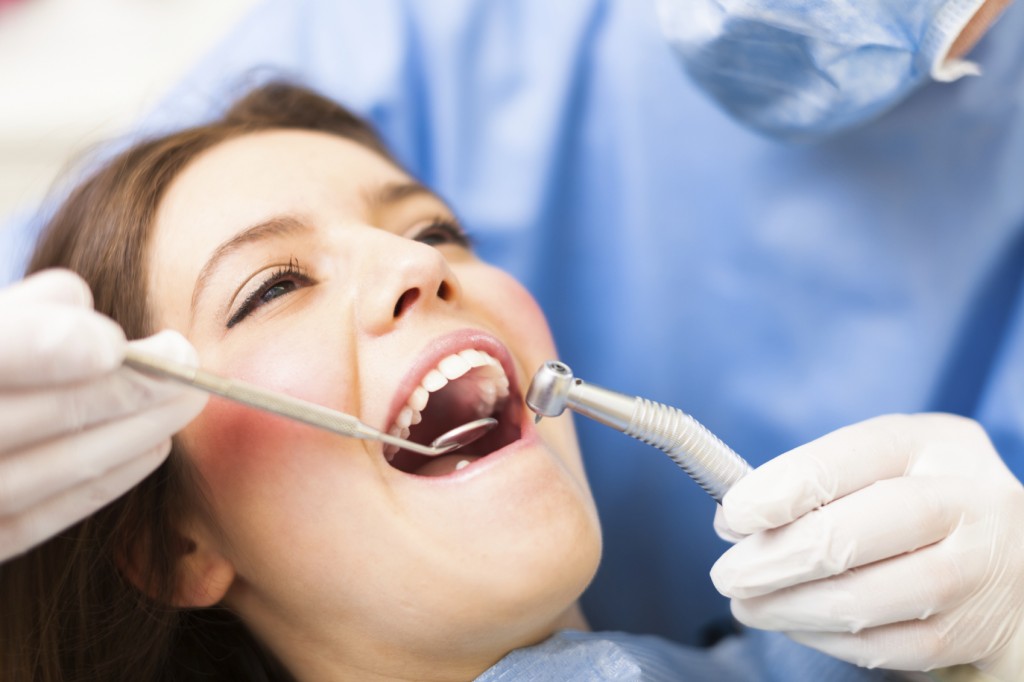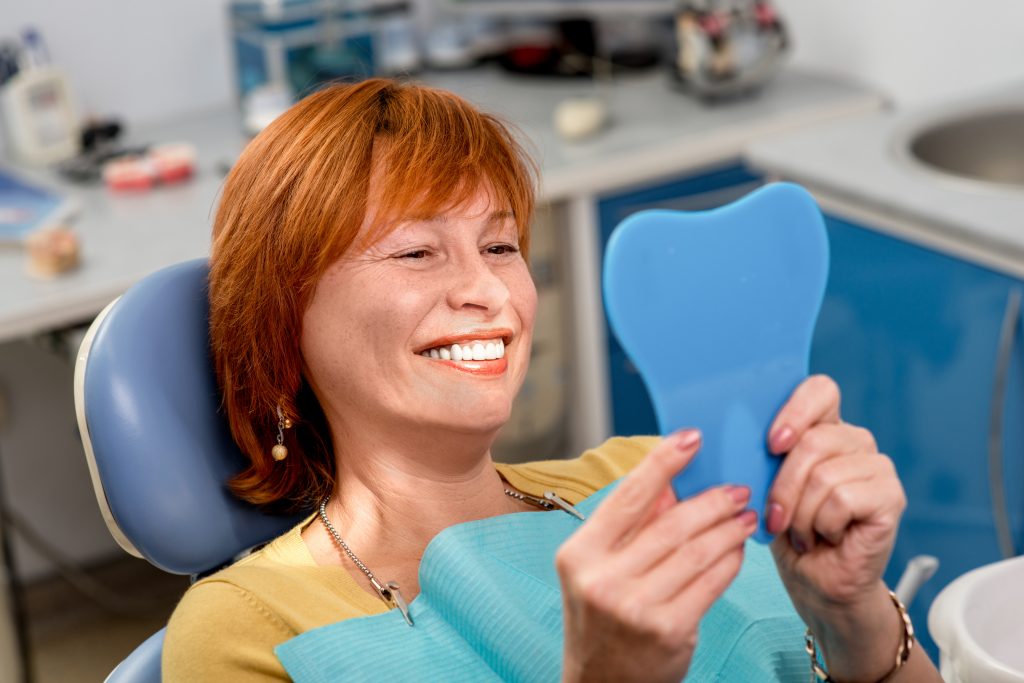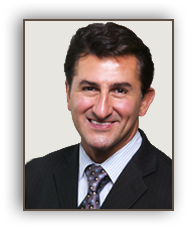
The most direct path to treatment acceptance is hastened using visual technology.
By Dr. Alvin W. Neff, DDS
Case presentations that use visual technology can become the integral component of success for the modern-day practice. Our patients must be able to clearly see their existing conditions, understand treatment recommendations, and visualize the anticipated results before they can accept and approve treatment.
Historically, dentists have used complicated dental terminology, x-rays, and study models to communicate a proposed treatment plan. Patients were expected to accept recommendations without being able to visualize the anticipated results. Patients often left the dental office confused about treatment recommendations and uncertain about the final outcome.
The most important aspect of case presentation is the ability to clearly communicate the treatment goals to the patient in a manner that will help them make a decision toward treatment acceptance. The most direct path to treatment acceptance is hastened using visual technology. The use of digital photography, upgraded display monitors, and computer imaging can create dramatic case presentations that will result in scheduled appointments for needed treatment. There is nothing more revealing than a close-up view of your own teeth or a full-face view of your own smile. Using this new format of case presentation, patients will become engaged in a co-diagnosis type of conversation and they will begin to ask for treatment. Clinicians can avoid most sales tactics and rehearsed scripts once the patient sees their case presentation with their own eyes. They see the existing condition of their teeth and the image of the anticipated desire and answers many of their concerns that had been getting in the way of case acceptance.
To read more about using visual technology for case presentation, click here.
Aesthetic Advantage has state of the art educational facilities that can help you take your career to the next level, call us at (212) 794.3552 for more information.
Aesthetic Advantage proudly serves New York, Atlanta, Florida, Chicago, Pennsylvania, Boston, Rhode Island, California, South Carolina and all surrounding areas.










